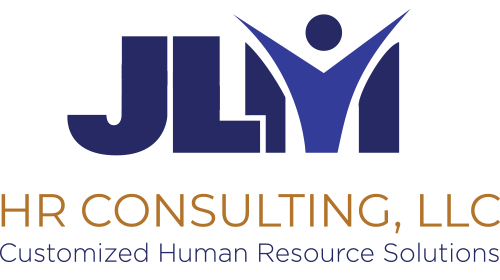How to Build a Successful Hybrid Workforce Model
By Gwendolyn C. Dorsey, Ed.D.
Many companies are in the process of making decisions about how to implement a hybrid workforce model. Are business owners including input from all stakeholders before making important decisions regarding what the hybrid workforce will look like? Should offices be open all day? How many employees will work from home and how often? Will there be flexibility for employees? How will employers build trust and provide a positive and inclusive culture? In addition, what will the company culture look and feel like once employees are working from various locations? How will managers communicate and evaluate employees?
There are many components to consider while planning for this transition. HR professionals are integral to this process. Utilizing the steps from the article, “Refining the art of hybrid working in six steps” by Carney (2021), may assist in setting up and maintaining a successful hybrid workforce model.
Consult your employees and agree on what the future will look like – Employees may feel anxious and unsure about what to expect. Since mental health and employee wellbeing are crucial, it is imperative to solicit input from them. If challenges are expressed, both employer and employees can discuss them together.
Challenge managers to overcome their own biases to consider individual needs and preferences – Managers will need to consider everyone’s work styles and preferences on their team instead of selecting a day and time for a meeting that is better for them.
Highlight interdependencies with your employees to help them appreciate the bigger picture – “Hybrid working patterns still need to be win-win.” Therefore, employers should make sure there is open communication so that employees understand the goals of the organization and that everyone works together to reach those goals.
Explore the logistical challenges of a hybrid model – Everyone may not be able to work from home at the same time. Who would be in the office? If the hybrid model is not working, it is important to have a conversation to resolve any issues.
Result-based accountability – Managers may need to be reminded that employees should be evaluated on productivity instead of process or inputs. Employees know they will be held accountable but will feel empowered to work at a reasonable pace and not feel they are constantly being monitored.
Emphasize the journey and pilot new approaches – Being in the office may still be important to some employees as a way to stay connected. However, the hybrid model provides new possibilities that may eliminate office issues and old ways of doing business.
If your company is interested in discussing these steps or other strategies in preparation of your hybrid workforce model, please visit our website at www.jlm-hrconsulting.com to request a FREE 30-minute consultation or contact us at (240) 408-5071.
Additional Resources:
https://www.hrzone.com/lead/culture/refining-the-art-of-hybrid-working-in-six-steps
https://hrexecutive.com/4-ways-organization-design-can-enable-the-hybrid-workplace/
https://hrexecutive.com/how-to-manage-your-workers-for-the-transition-back-to-the-workplace/
